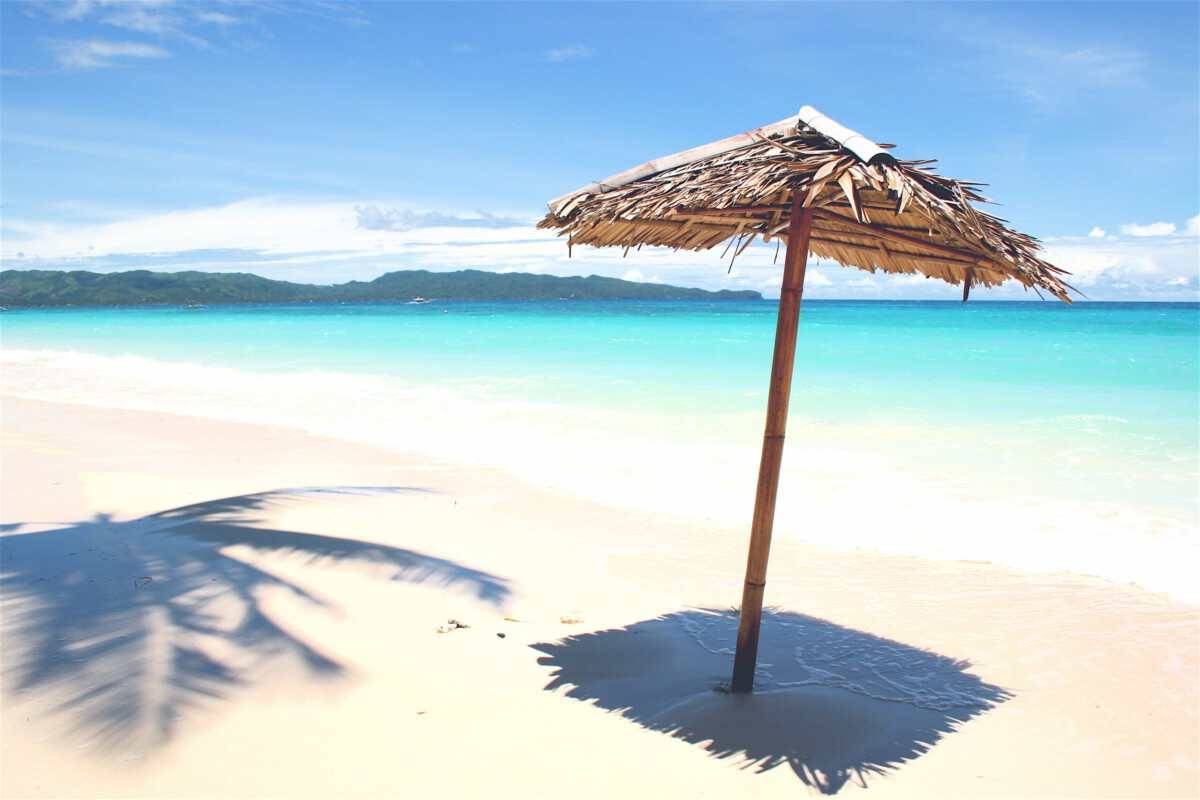Venice, Italy

Venice, the beloved floating city, has become so crowded that locals can barely walk their own streets during the summer. In 2024, the city introduced an entry fee for day-trippers—an unprecedented move in Europe. This fee, which ranges from €3 to €10 depending on the season, is meant to curb the overwhelming crowds that reach over 100,000 visitors per day on peak weekends. The city council has also started limiting group sizes and restricting new hotel openings in the historic center. Residents have protested for years, saying mass tourism has driven up rents and made daily life a struggle. In one survey, over 60% of locals said they believe tourism is damaging the city. The famous St. Mark’s Square is now patrolled to enforce restrictions, and cruise ships have been banned from the lagoon since 2021. All these steps show Venice is serious about putting the brakes on uncontrolled tourism.
Machu Picchu, Peru

Machu Picchu, the ancient Inca citadel set high in the Andes, has always attracted adventurers. But in 2024, the Peruvian government set a new daily limit of just 4,044 visitors, down from 5,600 before the pandemic. Tickets must be booked online in advance, and strict time slots are enforced. The authorities even closed Machu Picchu entirely in early 2023 after protests over ticketing policies and damage to the site. There’s now a rotating closure of certain trails and structures to allow for ecological recovery. The main goal is to prevent the kind of erosion and damage that could make this wonder disappear forever. Local guides have spoken out, saying that while tourism brings money, too many people mean the site could be lost to future generations.
Amsterdam, Netherlands

Famous for its canals and tolerant spirit, Amsterdam is now pushing back against its own popularity. In 2024, city officials announced a campaign called “Stay Away” to discourage rowdy party tourists. The city’s “red light district” tours have been restricted, and new hotels are banned from opening in the city center. Amsterdam is also working to cap the number of river cruises and Airbnb rentals. The city’s mayor, Femke Halsema, has said she wants to put the needs of residents first, after years of complaints about noise, litter, and rising rents. In 2023, Amsterdam welcomed over 20 million visitors—more than twenty times its population. With new laws and stricter enforcement, the city is making it clear: tourists are welcome, but only if they respect the city’s rules.
Boracay Island, Philippines

Boracay, a paradise island once famous for its white sand and wild parties, shocked the world in 2018 by closing completely for six months. The Philippine president called the island a “cesspool,” blaming the uncontrolled tourist boom for pollution and environmental damage. Since reopening, strict rules have been put in place: only 19,000 tourists are allowed at a time, and beach parties have been sharply limited. All hotels must meet new sewage standards, and smoking and drinking on the sand are banned. In 2024, the island is still enforcing daily visitor caps, and violators are turned away at the port. Locals say the water is clearer and the island feels peaceful again, but some businesses have struggled to recover.
Bhutan

Bhutan has long stood out for its unique approach to tourism: “high value, low impact.” In September 2022, the Himalayan kingdom raised its daily tourist tax to a whopping $200 per person, per day. This Sustainable Development Fee is meant to limit numbers and ensure only serious travelers visit. In 2024, the number of international visitors is still less than half of pre-pandemic levels. Tourists must book through licensed operators, and independent travel is not allowed. The government says this policy protects Bhutan’s delicate environment and traditional culture. The country’s leaders have stated they want to avoid the fate of other destinations overwhelmed by mass tourism. Bhutan’s pristine temples and mountain views are reserved for those willing to pay—and respect strict rules.
Maya Bay, Thailand

Maya Bay, the stunning cove made famous by the movie “The Beach,” drew thousands daily until 2018, when Thai authorities closed it to visitors. The closure lasted over three years, reopening in 2022 with new rules: only 375 visitors allowed per hour, no swimming in the bay, and boats must dock on the opposite side of the island. In 2024, these restrictions are still in place, and rangers patrol the beach to ensure compliance. The government says the coral and marine life are recovering, with blacktip reef sharks returning for the first time in decades. Local tour operators now focus on smaller, eco-friendly tours. Maya Bay is a powerful example of a place that had to turn tourists away to save itself.
Barcelona, Spain

Barcelona, the cosmopolitan capital of Catalonia, draws millions each year to its architecture and beaches. But in 2024, the city is fighting back against what locals call “touristification.” The city council has frozen new hotel licenses and increased taxes on short-term rentals. Large tour groups are now banned from some neighborhoods, and the famous La Boqueria market has set limits on non-local visitors. Protests have erupted, with graffiti reading “Tourists go home” seen around the city. In 2023, Barcelona hosted over 12 million visitors, but the city’s population is under 2 million. The mayor says these measures are needed to keep the city livable for residents and protect its unique character.
Komodo Island, Indonesia

Komodo Island, home to the legendary Komodo dragon, has struggled to balance conservation with booming tourism. In 2020, authorities announced plans to close the island entirely, later deciding instead to limit access and raise entry fees dramatically. In 2024, only 2,500 visitors are allowed per month, and the entrance fee has jumped to $250 for international tourists. The government says this will fund conservation and stop illegal wildlife trafficking. Local guides now lead all tours and strictly monitor visitor behavior. There are proposals to make the island a “premium destination” to further restrict numbers. The rare dragons and their habitat are being put ahead of mass tourism.
Faroe Islands

The Faroe Islands, a remote North Atlantic archipelago, have become a social media sensation in recent years. In 2024, the islands are still capping the number of flights and cruise ships allowed to land. For several weeks each spring, the islands close their main tourist sites and invite only volunteers to help with maintenance and conservation. The government says this keeps the landscape pristine and avoids the overcrowding seen elsewhere. Locals have voiced concern about the impact of Instagram-driven tourism on their way of life. With just 50,000 residents and a fragile environment, the Faroes are making sure the wild beauty that draws travelers isn’t lost forever.
Antarctica

The world’s last true wilderness, Antarctica, is now putting up barriers to mass tourism. In 2024, the International Association of Antarctica Tour Operators (IAATO) enforces strict rules: only 100 people are allowed ashore at any one time per site, and cruise ships with more than 500 passengers can’t land at all. There are bans on drones, and all visitors must follow biosecurity protocols to prevent introducing invasive species. Tour numbers have soared, with over 100,000 visitors in the last season—up from just 10,000 in the early 1990s. Scientists warn that increased human presence could threaten penguin colonies and fragile ecosystems. The message is clear: Antarctica must not become just another tourist tick-list.






